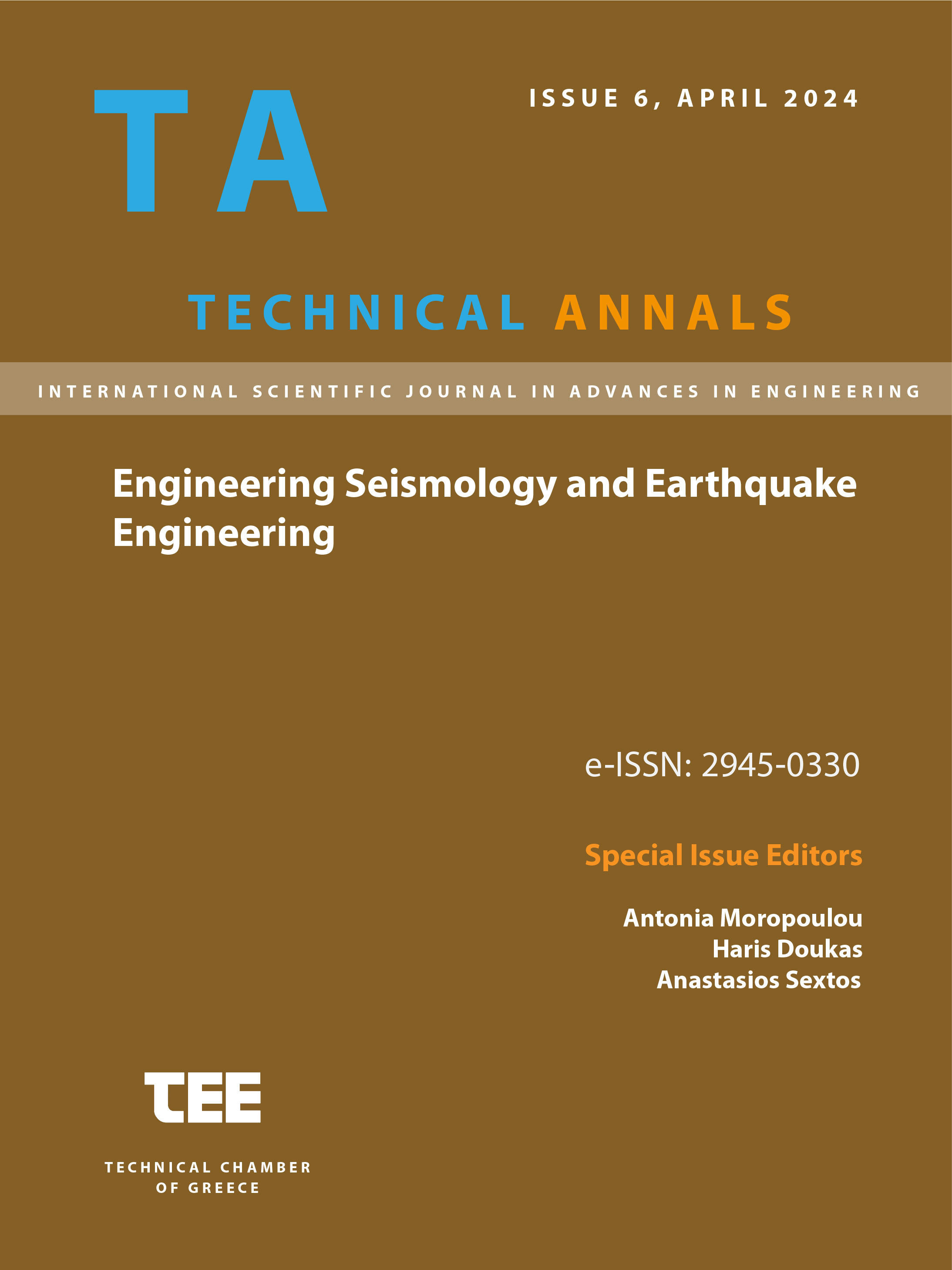Behavior of steel building structures subjected to strong and benchmark seismic actions: An overview of damage from the observations of the last 40 years

Abstract
It is well known that steel structures have high ductility capacity and high strength to weight ratio, which, theoretically, by nature makes them, the most efficient seismic structural system against strong earthquakes. However, the recorded experience of failures which have befallen over the last 40 years, as a result of strong seismic actions, suggests that this by itself isn't always sufficient. Generally, it is essential that an appropriate and preferred conformation and configuration of the structural system and in particular of its joints should be adopted. In any case, the steel building structures showed local failures without general and complete collapses. The work in this paper presents the seismic performance focused on steel building structures, as revealed by strong earthquakes, such as those of Mexico (1985), Northridge (1994), USA, Kobe (1995), Japan, Christchurch (2010-2011), N. Zealand, which affected and changed the design of metal structures, as well as other earthquakes like Maule (2010), Chile, Emilia (2012), Amatrice (2016), Italy, which completed the picture in the better understanding of failures and their reasons. On the basis of the lessons learnt from, a discussion for avoiding such situations are commented on and provided in this work.
Article Details
- How to Cite
-
Anastasiadis, A. (2024). Behavior of steel building structures subjected to strong and benchmark seismic actions: An overview of damage from the observations of the last 40 years . Technical Annals, 1(6). https://doi.org/10.12681/ta.36824
- Section
- Material Science and Engineering

This work is licensed under a Creative Commons Attribution-NonCommercial-ShareAlike 4.0 International License.


